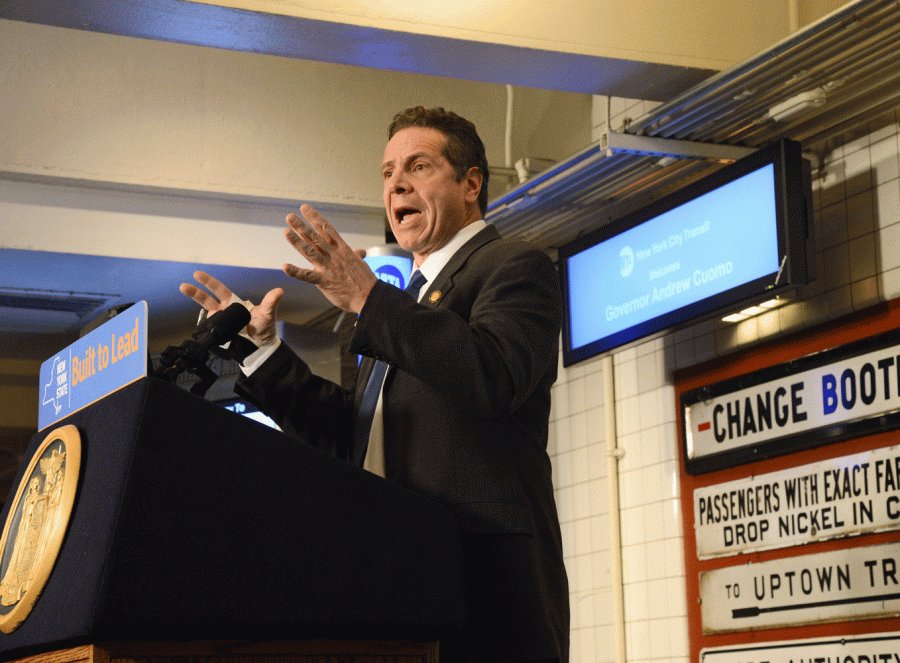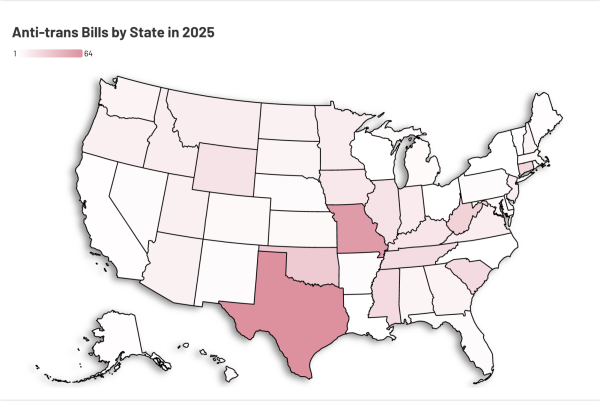Critics see flaws in Cuomo’s free college program
New York Governor Andrew Cuomo has proposed a plan which makes state colleges free for tens of thousand of students. Because of certain provisions in the plan, Cuomo has received criticism.
The cost of college tuition has recently come to the center of the national education debate. In January, Governor Andrew Cuomo of New York proposed a program to make New York public colleges tuition-free for middle- and low-income families. On April 12, Cuomo, flanked by former Democratic presidential nominee Hillary Clinton, brought the program to life with a stroke of his pen. Yet the caveats and rules of the program, dubbed the “Excelsior Scholarship,” are driving criticism.
The Excelsior Scholarship, which Cuomo called “an outrageously ambitious idea, but an irrefutably smart idea” during the signing event, will provide tuition at a New York State or New York City public college for a New York student whose family makes under $125,000 a year in gross income. Cuomo credited the Democratic primaries as giving him the idea for the program.
The idea is usually credited to Senator Bernie Sanders of Vermont, who appeared with Cuomo at his proposal announcement in January. Tuition-free college was a signature issue for Sanders during the Democratic primaries, attracting throngs of young voters to his cause. Clinton, then his rival in the race, responded with a proposal to make college tuition-free only for students from families earning under a certain income threshold each year.
Cuomo has received praise from liberals and progressives nationwide for the program, as well as much criticism for the scholarship’s more controversial rules. In particular, a residency requirement, which mandates that recipients of the scholarship spend the same number of years working in New York immediately afterwards as they did receiving benefits, is being attacked as overly restrictive. Under the rule, if a student went to SUNY Binghamton under the scholarship and then left for California, the grant would be converted into an interest-free loan and the student would receive a bill from the government of New York asking him to repay the funds.
Cuomo defended the rule, asking, “Why should New Yorkers pay for your college education and then you pick up and you move to California?”
Critics have also focused on the scholarship’s credit requirement. If students receiving benefit from the Excelsior Scholarship don’t earn 30 credits each year, they, too, will receive a bill from the government of New York asking them to repay at least part of what they’ve received. In addition, part-time students, who make up a large and growing part of the college population, aren’t eligible to participate because of their non-full-time status.
The effect of these rules may be significant. According to one legislative report, only 32,000 students of New York’s more than 500,000 students are likely to participate. More than 90 percent of community college students, who are disproportionately challenged by the cost of tuition, won’t be eligible to participate because they most often interrupt their studies to work.








